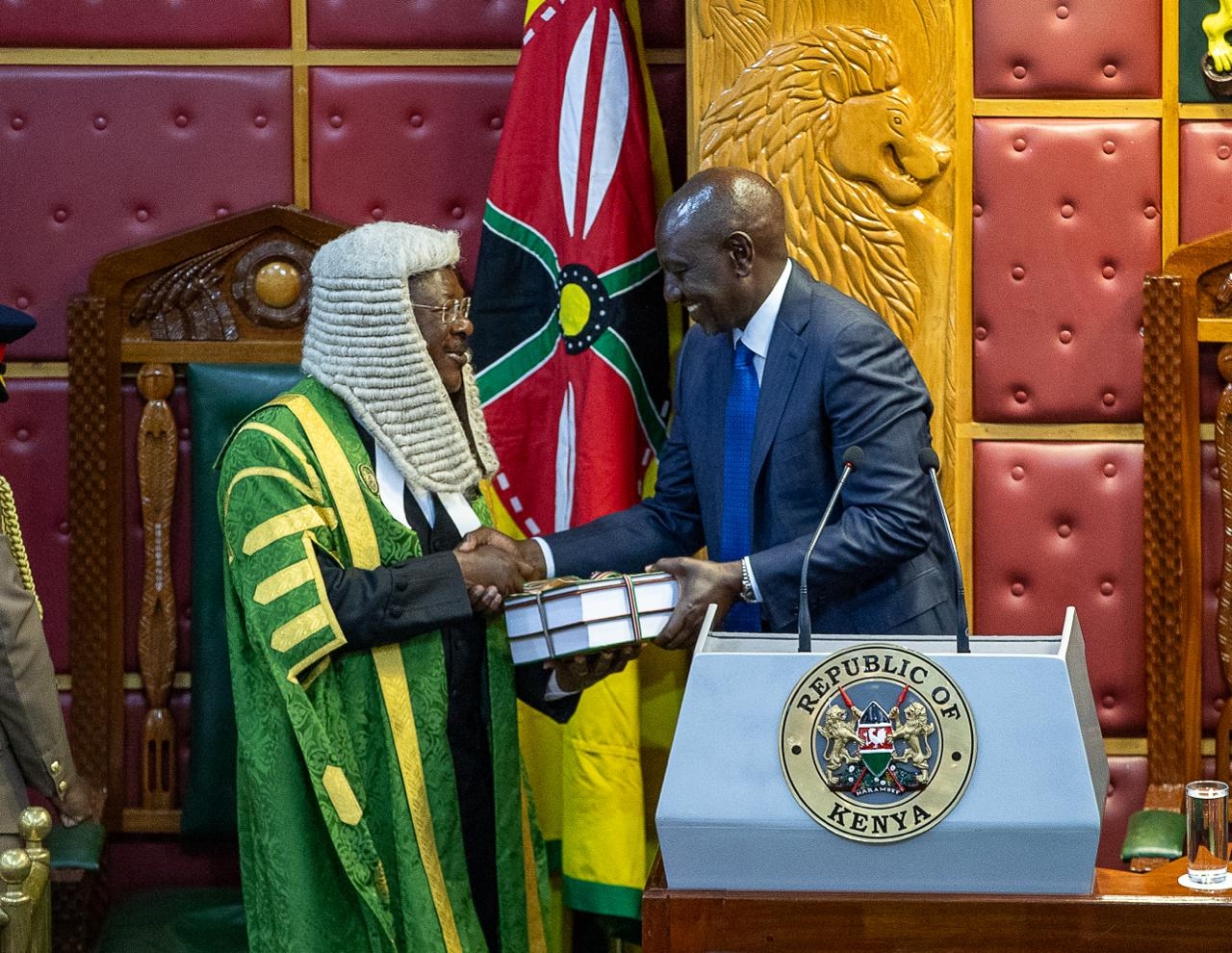Kenya, like other low and middle-income countries, is grappling with snakebites.
Snakebites have been grouped among the Neglected Tropical Diseases by the World Health Organization, as it receives little attention despite the devastating impact it has on communities.
Kenyans, especially those in rural areas, bear the brunt of the snakebite menace.
The bushy environment provides the perfect hideouts for the reptiles, while lack of access to timely treatment and poverty aggravates the situation.
Snakebites are prevalent in Baringo, Kitui, Kilifi, Wajir, Garissa, Machakos, Marsabit, Isiolo, Makindu, Mwingi and Taveta, as the snakes slither into homesteads in search of water and shelter.
Bites by venomous snakes can cause paralysis that may prevent breathing, bleeding disorders leading to fatal haemorrhage, irreversible kidney failure and tissue damage that can cause permanent disability and limb amputation.
Timely intervention, which is not always possible, will go a long way in saving lives.
Experts have raised concerns that access to care and systemic inequities have made it worse for victims who get bitten by snakes to survive.
Matthieu Chevallier, Global Health Advocacy Officer at Médecins Sans Frontières, also known as Doctors Without Borders, says the problem often affects the poor, who are far from health facilities.
“Most people have no idea where to go or what to do. Traditional healers are often the only option at hand,” Chevallier says.
Being poor and in the rural setting, some walk around barefoot, without any protective wear, exposing themselves to snake bites.
Transport to health facilities is also a challenge because of lack of emergency services like ambulances and poor road networks.
In such scenarios, motorbikes serve as the quickest means to hospital, but the problem doesn’t end there.
Getting to a health facility is one thing, but getting the required care is another.
Despite the need for snakebite treatment in county hospitals, there is little training for medical staff and prevention work is limited.
Only 12 per cent of healthcare workers have formal training in snakebite management in Kenya.
In most cases, the victims are unable to tell the kind of snake that bit them, yet different snakes require different treatment.
“Having a polyvalent antivenom in healthcare clinics that is adapted to a range of local snake species is often key, but unfortunately rarely available,” he says.
In Kenya, it is estimated that only about 20 per cent of healthcare facilities have medicines needed to treat snakebites, with antivenom available in less than one-third of facilities.
Anti-venom stops snake poison from binding to tissues and causing serious blood, tissue, or nervous system problems.
The unavailability of quality antivenom at the point of care has been attributed to multiple factors affecting supply, all along the supply chain from Research and Development to last-mile delivery.
To begin with, victims cannot afford to pay for the antivenom.
“For existing antivenoms, the cost of production is relatively high and since the producers know those affected can’t afford high prices for treatment, they are unwilling to make the necessary investments to develop new products,” Chevallier says.
While the government is supposed to protect the poor, it isn’t doing much to step in and reduce the out-of-pocket cost to individuals.
Investing in the fight against snakebite is made difficult by limited resources and government's competing priorities.
Chevallier also raised concern that snakebites to not get the international attention it deserves, especially from donors.
“Snakebite is not a health security threat for donor countries. There is no risk of cross-border contamination.”
Besides, snakebite victims are never on the decision-making table. This is because they are from far-flung areas.
According to the WHO, the neglected tropical disease affects 1.8 to 2.7 million people each year, claiming 81,000 to 138,000 lives and causing 400,000 permanent disabilities.
In Africa, there are an estimated 435,000 to 580,000 snake bites annually that need treatment.
Approximately 50,000 snakebite cases take place annually in Kenya.
Of these, only about 15,000 are reported.
The Kenya Institute of Primate Research estimates that about 4,000 result in fatalities, while 7,000 individuals experience paralysis or suffer health complications as a consequence of snakebites.
The institution has a long history of conducting vital research to develop drugs and vaccines for humans.
In an effort to ensure timely supply of antivenoms, the Division of Vector-Borne and Neglected Tropical Diseases under the Ministry of Health has been mulling the use of drones - especially in remote areas.
“That would be very good because one of the problems we have, for example, the black mamba if it bites you in 15 minutes you are dead, but if the anti-venom is stuck in traffic you will die before the anti-venom arrives,” an official from the ministry said.
Puff adders, black spitting cobras, black mambas and boomslangs have been reported to be behind a majority of the snakebites in Kenya.
The Black mamba is considered the world’s largest venomous snake and the fourth most venomous snake.
Its bite can kill within half an hour. Its venom, a neurotoxin, kills by paralysing its victims.
Puff adders are the main cause of injuries and deaths in Kenya because they are nocturnal and well-camouflaged.
Puff adder venom is potently cytotoxic, causing severe pain, swelling, blistering and in many cases severe tissue damage.
Additionally, there is low awareness of snakebites as a public health problem in the country.
Few studies have been carried out to evaluate the magnitude of the problem.
Incidents of snakebites have been reported in Western, Baringo, Laikipia, Kilifi and Malindi as well as Northern Kenya.
In January, Kenya inaugurated the Kenya Institute of Primate Research Board of Directors.
The institute is expected to produce locally based antivenom to treat snakebite.
KIPRE was chosen by the African Union One Health for the preparation of emerging diseases and pathogens.
















![[PHOTOS] Betty Bayo laid to rest in Kiambu](/_next/image?url=https%3A%2F%2Fcdn.radioafrica.digital%2Fimage%2F2025%2F11%2F3b166e2e-d964-4503-8096-6b954dee1bd0.jpg&w=3840&q=100)
